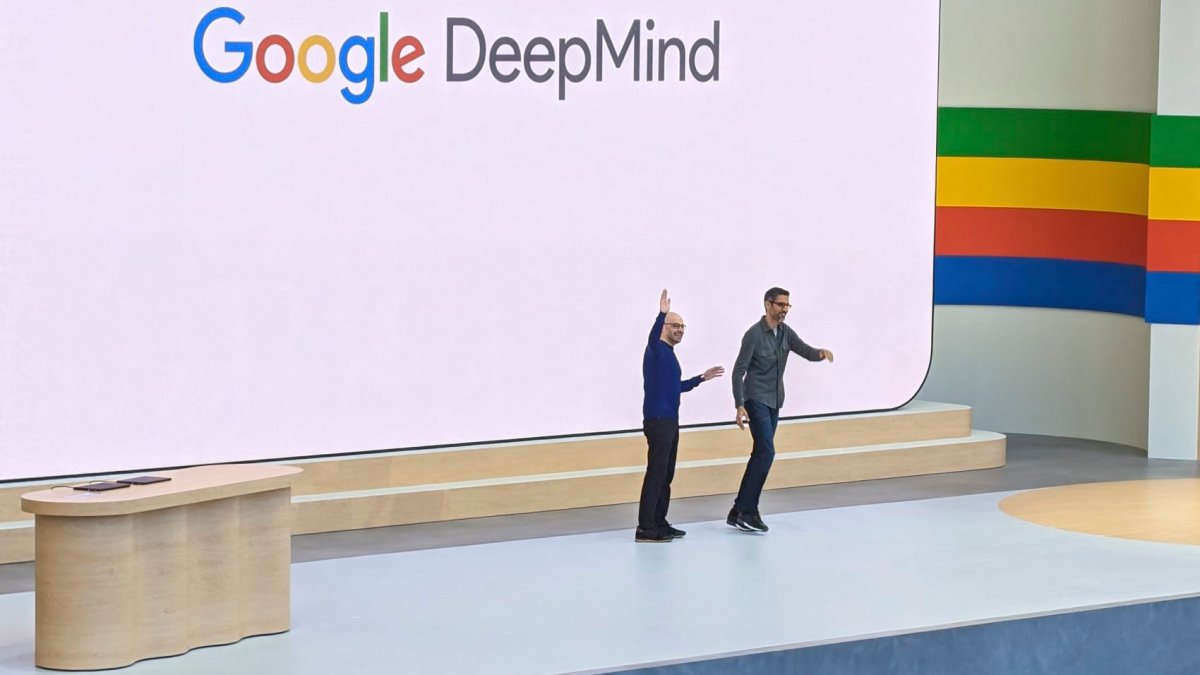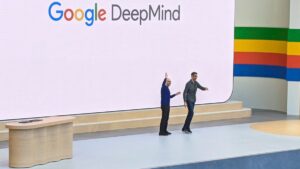DeepMind Plans to Utilize AI Models for Enhancing Physical Robots

Google DeepMind’s New AI Innovations for Robotics
Introduction of New AI Models
On Wednesday, Google DeepMind unveiled two advanced AI models designed for robotics, both of which operate on the Gemini 2.0 platform. Google refers to Gemini 2.0 as its "most capable" AI to date. These innovative models, named Gemini Robotics and Gemini Robotics-ER (Extended Reasoning), represent a significant leap from traditional AI applications that primarily focus on generating text and images. Instead, these new models are tailored to translate instructions into physical actions for robots.
Partnership with Apptronik
In an exciting collaboration, Google plans to work with Apptronik, a robotics developer based in Texas, to create a new generation of humanoid robots powered by Gemini 2.0. Apptronik has previously collaborated with renowned organizations like Nvidia and NASA, demonstrating its experience and credibility in the robotics sector. Recently, Google participated in Apptronik’s funding round, which raised an impressive $350 million.
Demonstrating Capabilities
During the launch, Google showcased videos featuring Apptronik robots using Gemini 2.0 AI. The robots performed a range of practical tasks, including:
- Plugging devices into power strips
- Filling lunchboxes
- Moving plastic vegetables
- Zipping up bags
These demonstrations’ highlights include the robots responding effectively to spoken commands, showcasing their interactive capabilities.
Key Features of Gemini Robotics
Google has emphasized three essential qualities that make AI models successful in robotics:
General Adaptability: Robots must be able to adjust to various situations they encounter.
Interactivity: The models should quickly understand and respond to instructions and changes in their environment.
- Dexterity: Robots need to perform tasks that require fine motor skills, similar to what humans do with their hands.
In addition, the Gemini Robotics-ER model is designed for roboticists. It serves as a foundational tool that allows developers to create and train their own specialized models. Trusted testers like Agile Robots, Agility Robotics, Boston Dynamics, and Enchanted Tools also have access to this innovative technology.
The Broader Robotics Landscape
Google is not the only player in the burgeoning robotics field. In recent months, OpenAI has invested in various robotics startups, including Physical Intelligence, which aims to integrate general-purpose AI with physical robotics systems. This company focuses on developing large-scale AI models and algorithms to drive robotic functions.
OpenAI has also made strategic hires from Meta to lead its own robotics initiatives, further spotlighting the industry’s growing competitive landscape. Tesla has entered the humanoid robotics sphere with the release of their Optimus robot, further adding to the industry’s dynamism.
Perspectives from Google
Sundar Pichai, Google’s CEO, shared insights into the company’s vision, stating that robotics can serve as a valuable testing ground to implement AI advancements in real-world settings. According to Pichai, the robots will utilize Google’s multimodal AI models, enabling them to make quick adjustments based on their surroundings.
The journey into this advanced realm of robotics is only beginning, and with major investments from prominent tech companies, the future holds significant promise for robotic advancements powered by AI.






